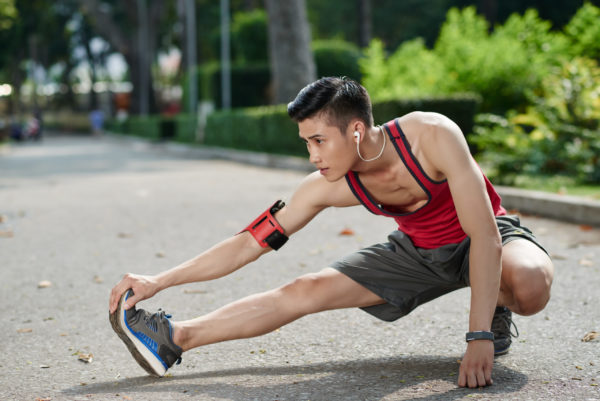
Shin splints” is the common term for medial tibial stress syndrome, the inflammation of the thin tissue (periosteum) that covers the shinbone (tibia). You feel the pain of shin splints in the lower leg muscles and connective tissues that attach to the tibia through the periosteum. On occasion there may be mild swelling or redness as well.
The condition frequently affects runners (especially those who run downhill), dancers, and athletes in high-impact sports or sports that involve quick starts and stops, such as tennis and basketball. Also, any runner or athlete who wears worn footgear that inadequately absorbs shock can easily develop shin splints. Other victims include those who train too intensely, especially without properly warming up.
Take this advice to help minimize shin splints:
● Carefully select the right athletic shoes for your sport and, if necessary, orthotics. We can evaluate whether your arches are flat and if over-the-counter or
custom arch supports might help lessen stress on your shins. (Flat arches can cause over-pronation—your feet “rolling in”—which contributes to shin splints.) If you run, ideally replace your shoes after every 500 miles or sooner.
● When possible, play your sport or run on a soft rather than hard surface (for instance, grass instead of concrete).
● Alternate your usual sport with one that is gentler on your shins, such as cycling, swimming or walking.
● Include light stretches of the posterior calf muscles in your warm-ups and cool-downs.
● Strength-train your shins. Try this simple exercise: Stand and rise slowly on your toes, then slowly lower your heels to the ground. Repeat 10 times. For more of a challenge, hold increasingly heavy weights as you rise up and down.
Just as important: Listen to your body. If you have a history of shin splints—or even if you have never experienced the condition and are just starting a workout program— stop your workout and cool down if your shins begin to hurt even slightly. Preventing this condition from becoming chronic is vital.
